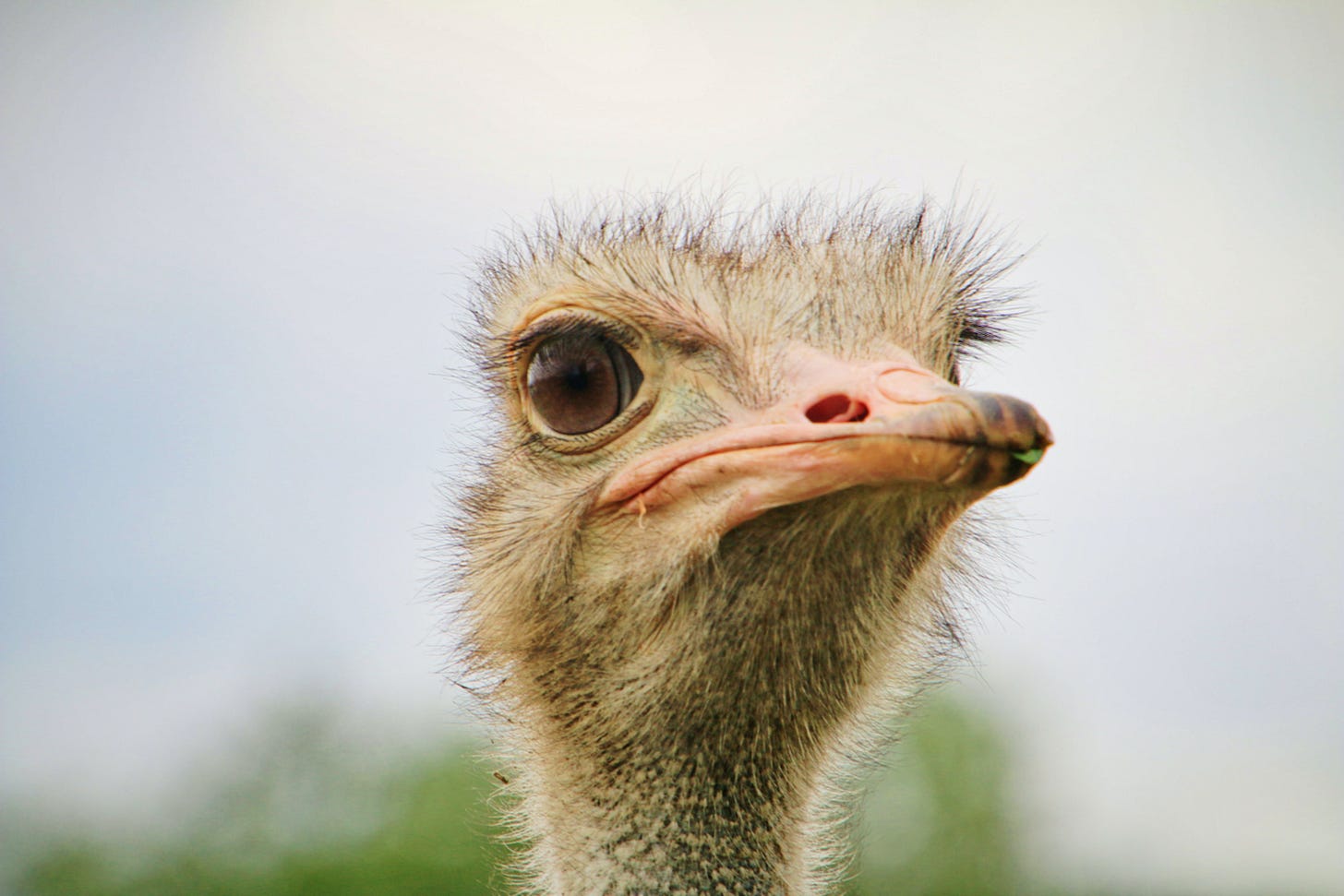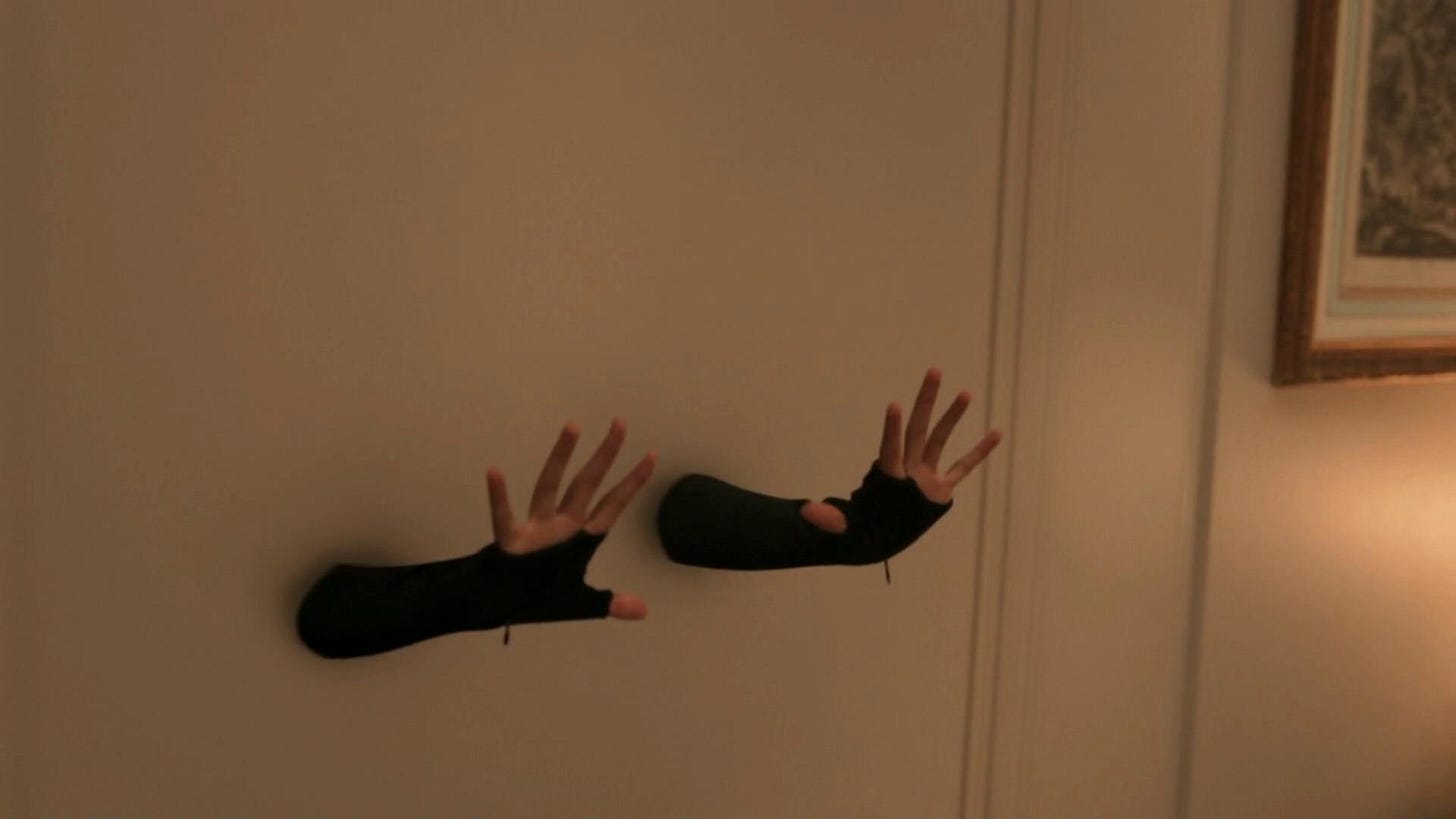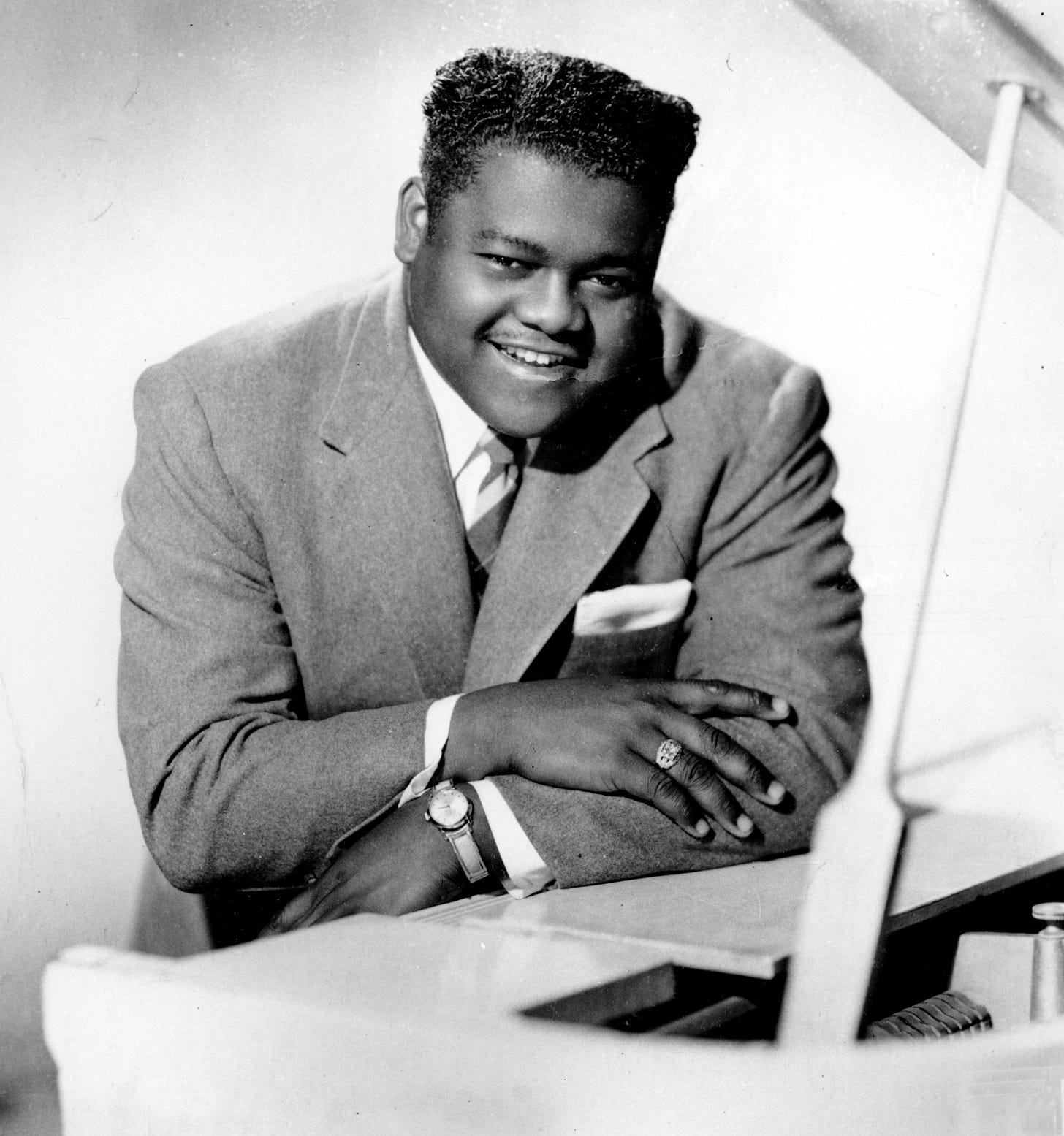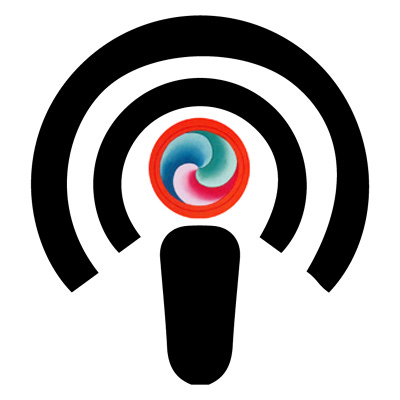There are two types of dreams, the non-lucid dream and the lucid dream. In a non-lucid dream, you’re dreaming away, you see what’s going on, but you’re not really fully aware that you’re dreaming. You can be having a very intense and detailed dream, but if you’re not aware that you’re dreaming then it’s just a very intense and detailed dream. Whereas in a lucid dream, you’re fully aware that you’re dreaming, and that you are in fact “awake” within the dream. You are consciously aware that you are dreaming, and there’s a hyper sense of clarity. Everything looks and feels exactly real.
In a non-lucid dream, there can be a lot of odd things appearing or happening — gelatinous iridescent walls, long-dead relatives alive and riding a purple ostrich — but you’re never really fully aware that you’re dreaming. There’s a degree of conscious detachment in the non-lucid state, like when you’re driving down the highway and suddenly realize you’ve been in your head the past five miles and you haven’t been paying any attention whatsoever to the road in front of you. Whereas in a lucid dream, you’re there, in the dream, wide awake. There’s no doubt.
In a non-lucid dream, the mind talks away absurdities, like seeing Uncle Joe on a purple ostrich because (our dream mind tells us), you know, Uncle Joe loved ostriches, especially purple ones. It makes perfect sense. Whereas in lucid dreams, you are wide awake within the dream, and everything appears to you as it is. You’re aware that you’re dreaming, and that it is actually you who is dreaming Uncle Joe and the ostrich.

Training the Unconscious Mind to Pop into Lucidity
It’s common to all of a sudden find yourself in a lucid dream having popped into it from a non-lucid dream, especially if the dream has particularly weird or unique elements or things going on. When you start to take lucid dreaming seriously — talking about your dreams with your friends, keeping a journal, reading these essays — your unconscious mind gradually starts to get the memo, starts to make plans. Then one day, it simply “pops” a lucid dream for you, as if to say, “Ta-da! Here you go!”
The “hop in the air” state check is something that worked for me, to pop a lucid dream. Whenever I was out walking, or was out with a friend, or even just hanging around the house, I would do a little hop in the air to see if I would stick, if I would float. There’s no gravity in dreams, that’s an Earth thing, which is why it’s so easy to fly in dreams. So if you do a little hop in a dream, you’ll stick in the air.
I did this for a couple days, maybe a week, maybe longer, but I worked it into my life. That’s an important part of lucid dream triggering, repetition training in the waking state. And then sure enough, one night when I was dreaming, I hopped into the air. I was so used to doing this in my waking state that I did it in my dream state. And lo and behold, I stuck in the air.
I was just kind of hovering there for a second and then boom! I was instantly lucid. It was a little scary and weird because I wasn’t in a different world or scene, but I was standing right next to my bed. It was similar to the way Robert Waggoner describes how lucid dreams often feel like out-of-body experiences (OEBs) in his groundbreaking book, “Lucid Dreaming: Gateway to the Inner Self.” All in all it was kind of freaky. It felt more like an astral projection than a lucid dream.
Everything in the lucid dream was exactly the way my room looked, only it was dark and kind of brown and misty, a foggy kind of sepia tone. I knew that the lucidity would probably stop quickly, which is common, especially if you don’t lucid dream all the time, so I told myself to move forward as fast as I could. And I did, I moved forward, while still hovering in the air. And I quickly came to the front door, which was closed, and I said to myself, “Go through it! Go through it!” and so I went right through it, because you can go through doors and walls in lucid dreams, which is another pretty cool thing. And in the next moment, I woke up. The whole experience was really quick, just a few seconds, but it was one of the most exhilarating feelings I’ve ever had in my life, waking or dreaming.
Next Level Lucidity
People who get really good at lucid dreaming start to get bored. They can conjure up any scene or person they like and do whatever they want. I guess it could be like the way Fats Domino must have felt playing his same twenty top hit songs, every night, night after night, for decades and decades on tour.
For me, having a powerful or exciting dream, lucid or non-lucid, has a direct effect on my waking life. I’ve felt energized and joyous for days after some dreams. So if you’re good at lucid dreams, take it to the next level. There are plenty of awesome people out there (Dr. Clare Johnson comes to mind) who are leading lucid dreaming groups.
Don’t let your talent lie dormant. Start crafting life narratives, take deeper dives into your unconscious mind, the same way you might start an art project or garden in your waking life. Get your dream life walking and talking, dancing and romancing.







